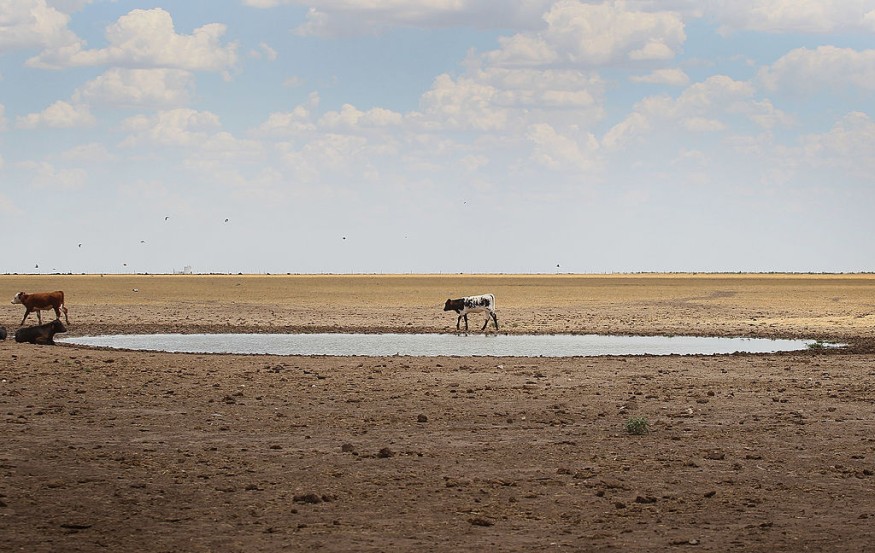
Temperatures in Texas throughout the month of December last year was recorded to be the hottest December the state had been in more than 130 years.
The December weather from Dallas through Abilene to Del Rio averaged an above normal temperature of 5 to 9 degrees, which is pretty hot considering that this is first month of the winter in Dallas with average temperature varying between 55.6°F (13.1°C) and 41.7°F (5.4°C).
"It's like the entire state moved south for the winter," said John Nielsen-Gammon, an American meteorologist and climatologist and professor of Meteorology at Texas A&M University, and the Texas State Climatologist. "Amarillo got Dallas's normal temperatures, Dallas got Corpus Christi's normal temperatures, and Austin got Brownsville's normal temperatures.
"Not only is it by far the warmest December since the beginning of comprehensive weather records, it will probably also turn out to be the warmest winter month, period," he added.
Record-breaking record comparable with December 1889 warmth
"Texas has never had any month more than 10 degrees above the 20th-century average until now," Nielsen-Gammon said.
The official state record for the warmest December is held by December 1933, at 53.3 degrees, while February 2017 currently holds the warmest Texas winter month on record.
The 20th-century average for December is 46.9 degrees, he noted. According to the climatologist, Texas seasonal temperatures have been 2 degrees warmer on average than in the 20th century because of climate change, and if all the data are in, December 2021 will average nearly 12 degrees above the long-term average.
"Observing practices were different, but it's clear that December 1889 was an unusual month also," Nielsen-Gammon said. "The first decent cold front of that month was on Dec. 29."
He also noted that although climate change and warming didn't exactly cause this December's record-setting temperatures, "it did contribute to the margin of victory."
The warm weather worsens drought condition
The unseasonably warm temperatures had also contributed to worsening drought situation throughout the state, although it did not exactly cause it.
According to the U.S. Drought Monitor, more than two-thirds of the state is in drought, and 10 percent is in extreme drought.
"In much of West Texas, it hasn't rained for over two months," Nielsen-Gammon said. "The high temperatures increase the rate of evaporation, drying out everything and leading to increased wildfire risk."
Due to periods of "enhanced winds and anomalous warmth" this month, a broad 1-category degradation was made to much of Oklahoma and the Texas Panhandle, according to U.S. Drought Monitor. With no observed precipitation for 76 consecutive days since late December, the second longest dry streak on record, much of Texas remains to have persistent dryness and much above normal temperatures.
Climate change has caused Texas seasonal temperatures to average about two degrees warmer than in the 20th century.
On the other hand, western states in the US are experiencing coastal rain and heavy high elevation snowfall. Storm warnings are issued to more than 6 million people along the California coast that could bring 4in of rainfall throughout the next five days.
© 2025 NatureWorldNews.com All rights reserved. Do not reproduce without permission.





